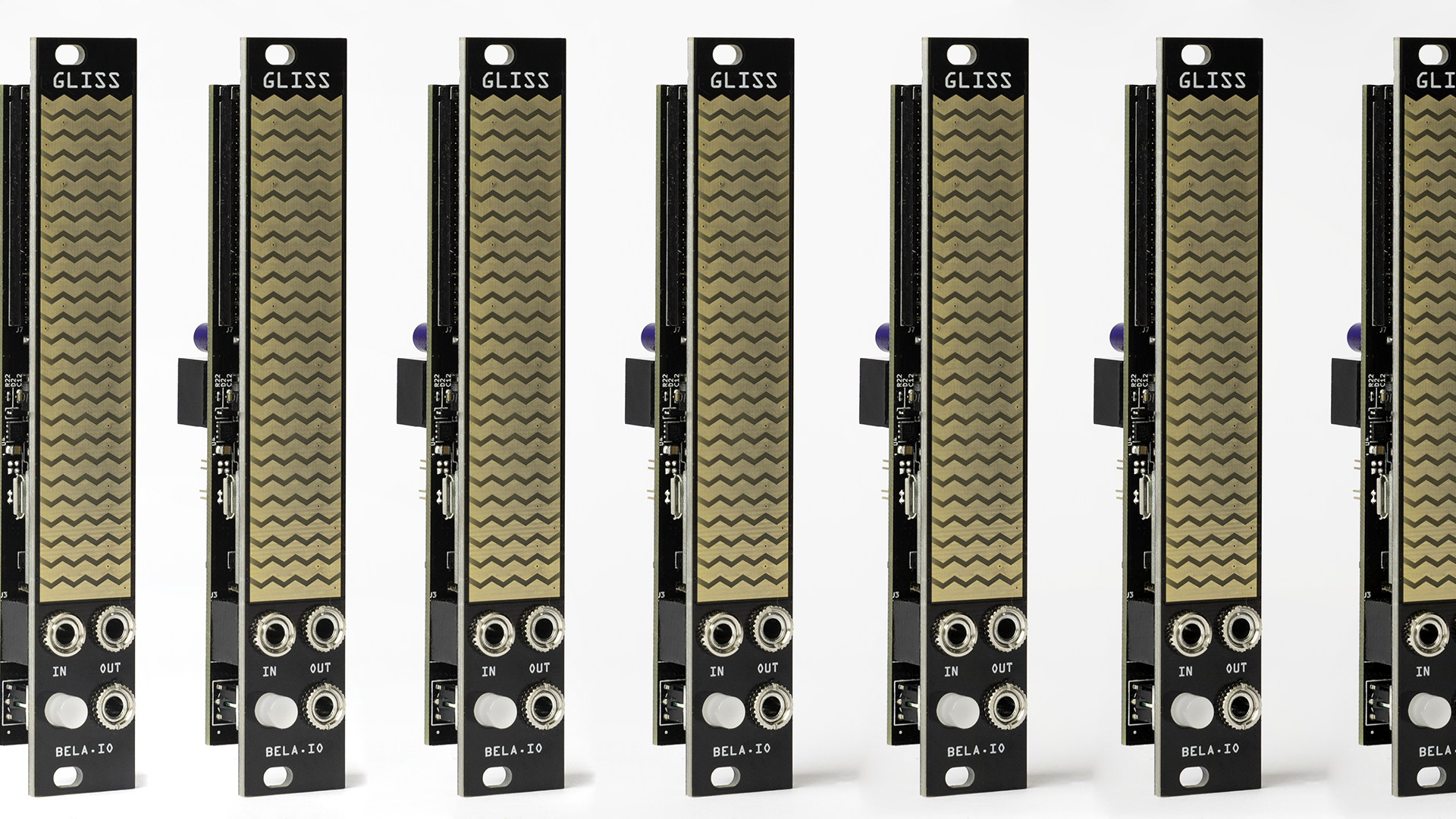Gliss Patch Notes 1
Using Record mode synced to a clock for pattern control
Patch Notes is a new series of instructional videos designed to help you get the most out of Gliss and provide a source of ideas for fueling your own experiments and discoveries. Together we will explore possibilities opened by placing Gliss in the midst of a larger patch rather than connecting it directly to its final destination, by mixing signals to combine touch control with traditional modulation sources and connecting to unlikely destinations.
In this first installment, we dive into one of Gliss’s most important modes: Record synced to a clock. Record mode is one of the modules’ key features, giving you the ability to intuitively draw in custom control signals by touch. The playback of these gestures can also be clocked and synchronized to any trigger pattern, whether that’s a steady stream of 16th notes or a syncopated rhythm. This mode directly connects your gestures to the tempo and rhythmic character of your music.
Crucially, this allows you to record what we call discrete gestures which can be made up of many different touches. By this we mean modulations that can jump from one value to another rather than a continuous slope. This type of signal opens up many possibilities but in this video, we’ll use clocked, recorded, discrete gestures to control the position of two sequencers controlling pitch and a host of timbral parameters. This frees up sequencers from traditional looping behavior — now the time spent on a given step is dictated by your touch, instinct and improvisation.
To learn more about using Gliss check out the Video Manual




